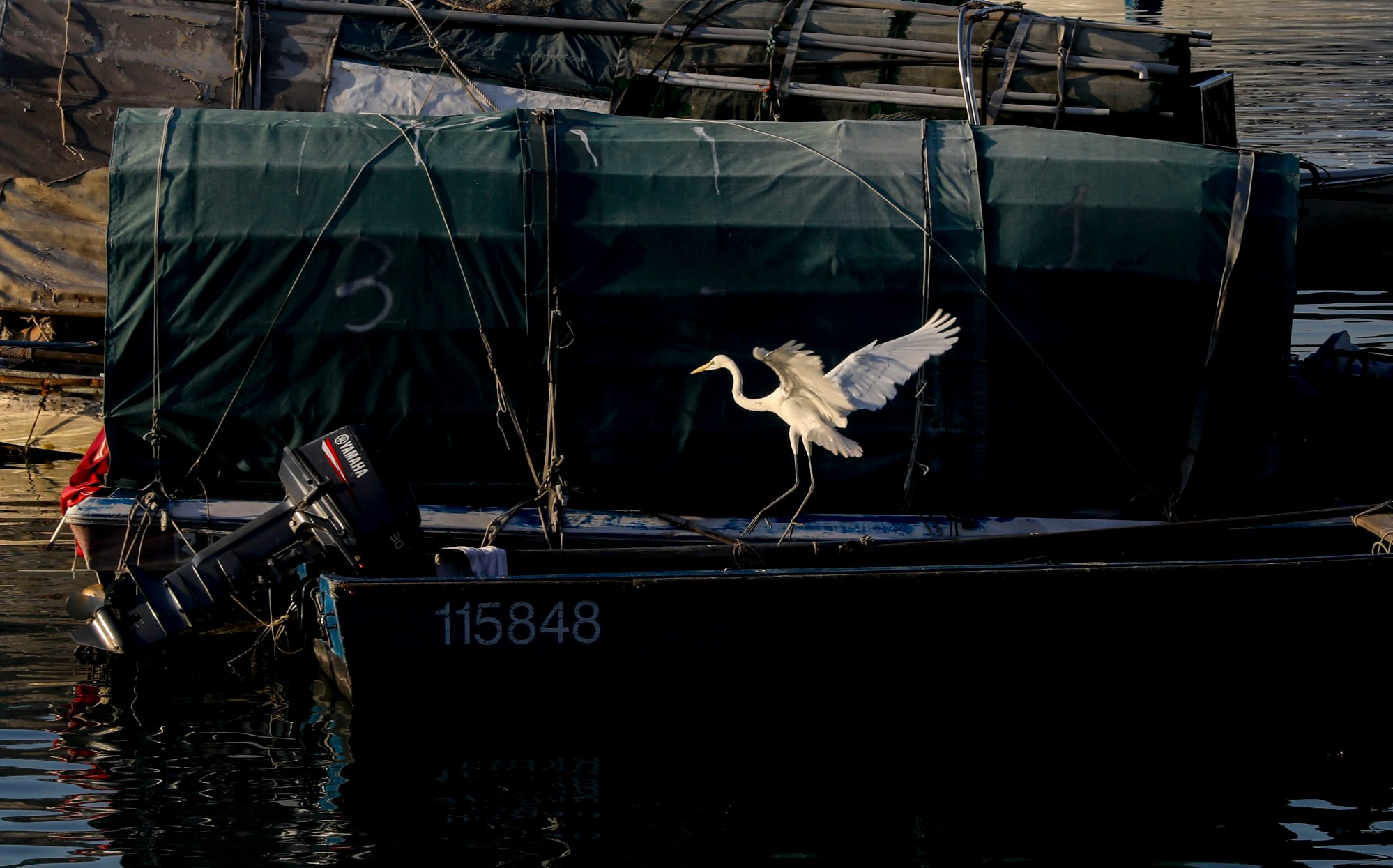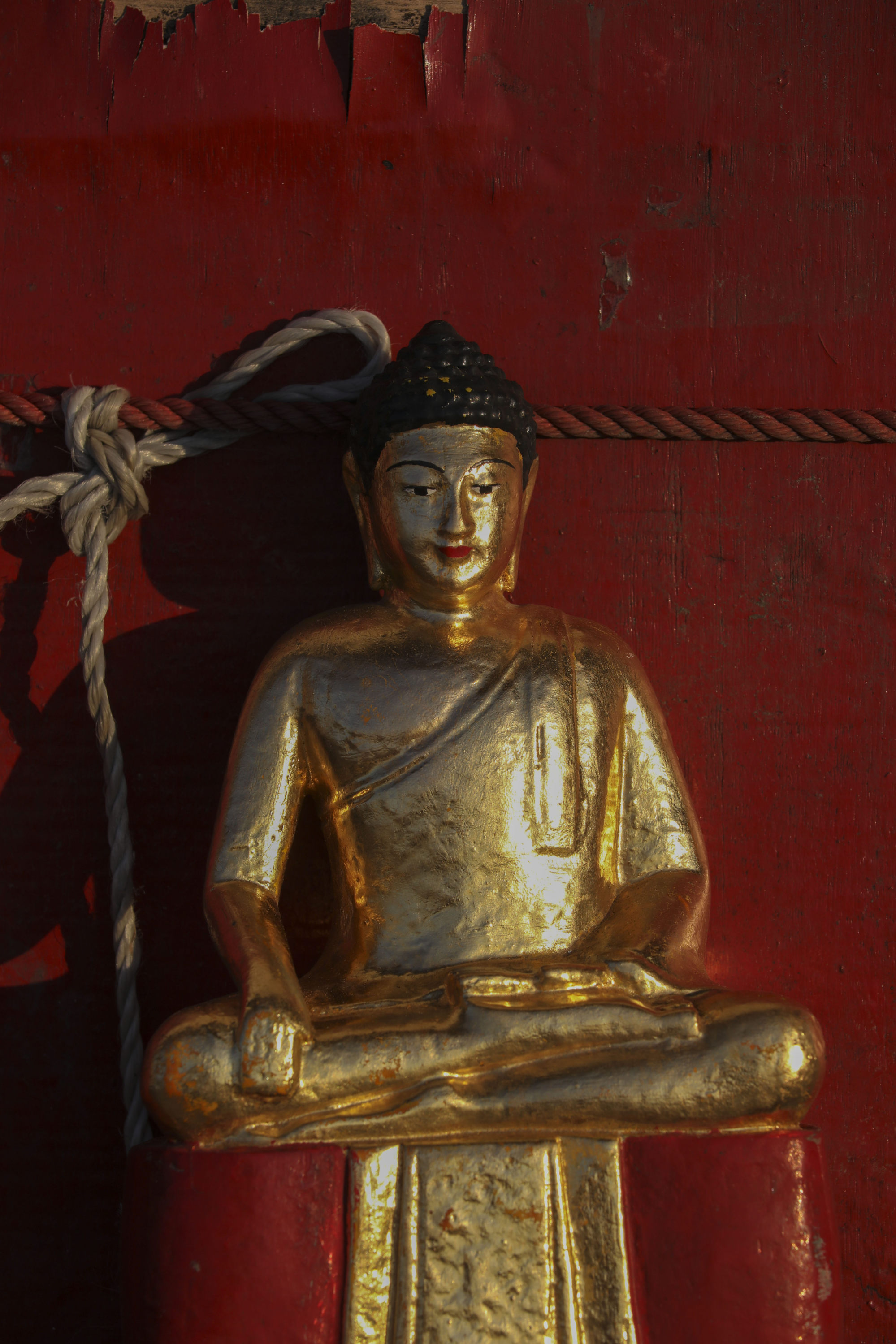
- The first of 14 built around Hong Kong’s shores, the Causeway Bay Typhoon Shelter, long home to a community of boat dwellers, is testament to change in the city
Typhoon shelters have been fixtures of Hong Kong since the late 19th century. Every day, many Hongkongers will walk past one of the 14 structures dotted around the city’s coastline. Most will not give them a second thought.
But, as with much else in the city, all these typhoon shelters have gone through many changes. Historical, natural and cultural developments have rendered them largely idiosyncratic.
Of the four typhoon shelters along the coast of Hong Kong Island, it is Causeway Bay’s that most reflects the coexistence of the city’s bygone era and modernity.
In the most basic sense, typhoon shelters are reminders of the city’s fishing past. This is where fishing boats have moored to find refuge against inclement weather.



There are similar structures in coastal areas around the world. But the phrase “typhoon shelter” is unique to Hong Kong. The word comes from a Chinese one which means an embankment to avoid wind.
The Causeway Bay Typhoon Shelter was the first of its kind, built in 1874 following a devastating storm.


The shelter did much more than protect boats during the typhoon season, however. It was home to a vibrant community of boat-dwelling people until the 1990s, which was also when “typhoon shelter” seafood was born.
Now, most of those boat-dwellers have moved onshore and the Causeway Bay shelter is broadly divided into two sections.
One side is occupied by weathered sampans, their wooden sides often covered with car tyres – improvised fenders. The side of the shelter closer to the Royal Hong Kong Yacht Club is a haven for a collection of pristine white yachts.


Against the backdrop of Victoria Harbour and Central district’s towering skyscrapers, the view forms a quintessentially modern Hong Kong vignette.
There is another layer of coexistence in the Causeway Bay Typhoon Shelter, between man-made structures and nature.
The centuries-old banyan trees whose branches have pushed downwards, towards the sea, are easy to spot. But look closely among the moored boats and you will also notice the presence of many birds that are not found in the busy streets of the city.


These are migratory great egrets that come to Hong Kong during the winter, and the resident night herons, hunting for fish in the harbour.
While humans might opt to hop aboard a state-of-the-art yacht, these birds seem to prefer the sampans, probably because of their proximity to the water and its bounty of food.
The spiritual element of the area is strong. One can still see the colourful, flag-bedecked floating Tin Hau temple – the only floating temple in Hong Kong, moored here since at least 1955 – which worshippers could access via a short boat ride in the past.


Although the floating temple is still moored there, no one can access it any more, the government having deemed it a safety hazard.
Worshippers can still pay their respects to Hong Kong’s sea goddess at the new permanent structure built onshore, right next to the typhoon shelter.

